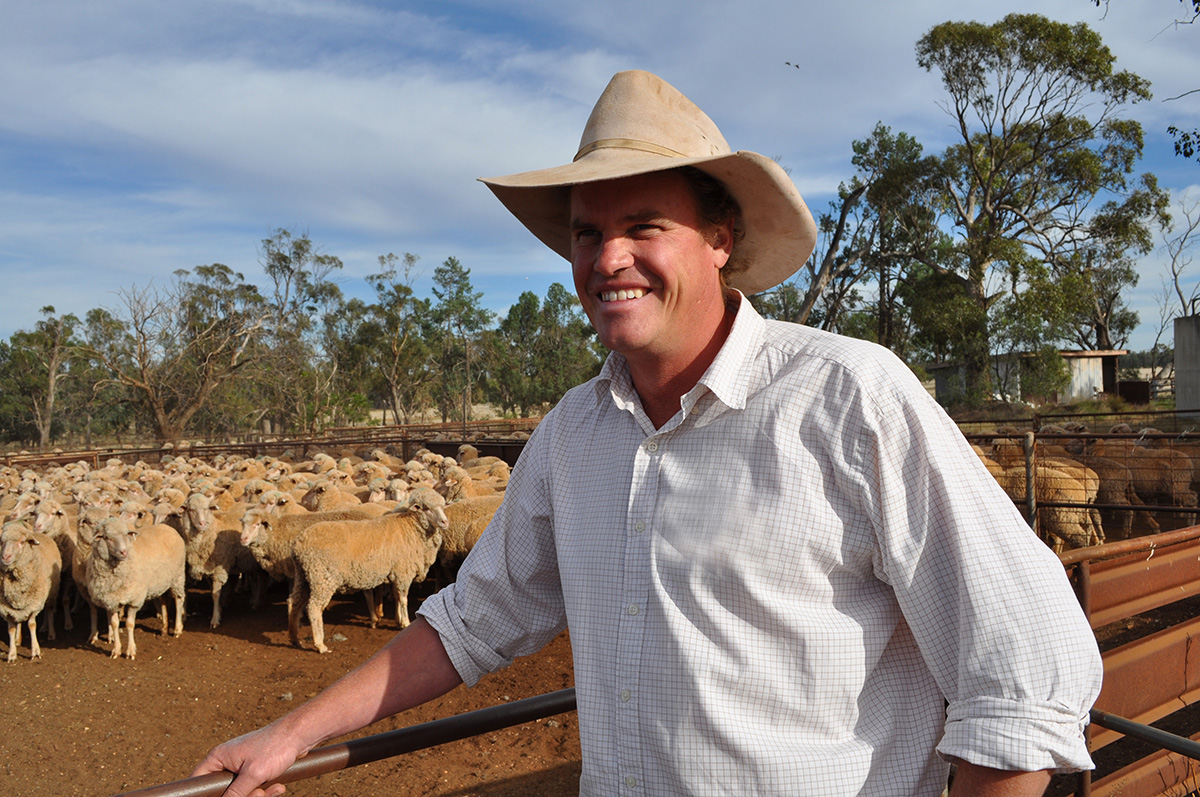
Merino bloodline profit pointers
12 Sep 2016

A new report, the 2006-2016 Merino Bloodline Performance, has delivered crucial information to stud breeders with noteworthy implications for the future profitability and performance of 77 Merino bloodlines.
NSW Department of Primary Industries (DPI) research scientist, Sue Hatcher, said Merino breeders can now use the information to identify the relative performance of bloodlines and fine-tune their breeding programs.
“Genetic data from a 10-year study of wether trials run across Australia shows a significant variation in production between bloodlines,” Dr Hatcher said.
“In our analysis of 25 wether trails in NSW, Victoria and Tasmania, and one ewe productivity trial in Western Australia, we saw bloodlines vary across a range of 3.5 microns in fibre diameter, 20 per cent in clean fleece and 23 per cent in live weight.
“These production differences translate into very significant differences in bloodline profitability.
“A finer bloodline can be chosen to reduce fibre diameter without compromising fleece weight or a bloodline with heavier clean fleece weight can be chosen while maintaining the current fibre diameter.”
Important determinants of Merino profitability, 11 traits and two measures of financial performance, are given in the report and bloodlines can be compared on the profit per head or profit per dry sheep equivalent (DSE).
Dr Hatcher said Merino producers can confidently use the data from Merino Bloodline Performance to assist in selecting bloodlines that best suit their breeding objectives.
“The information gives a very reliable indication of potential profitability from the bloodlines,” she said.
“Each trial has run for two to four years, ensuring high accuracy in the data collected.
Genetic data has been isolated from seasonal and geographic environmental differences by grouping multiple bloodlines into teams of wethers across the trial sites.
The NSW wether trials were conducted in the Riverina, Central Tablelands, Central West, Northern Tablelands, Southern Tablelands and the Monaro.
Australian Wool Innovation (AWI) and DPI funded the Merino Bloodline Performance project, with a new three-year AWI Strategic Plan committed to lifting Merino reproductive performance and profitability.
More information
- Reports are available at Merino Bloodline Performance.
- Photographs are available from bernadette.york@dpi.nsw.gov.au
Media contact: Bernadette York (02) 6938 1664 or 0427 773 785

